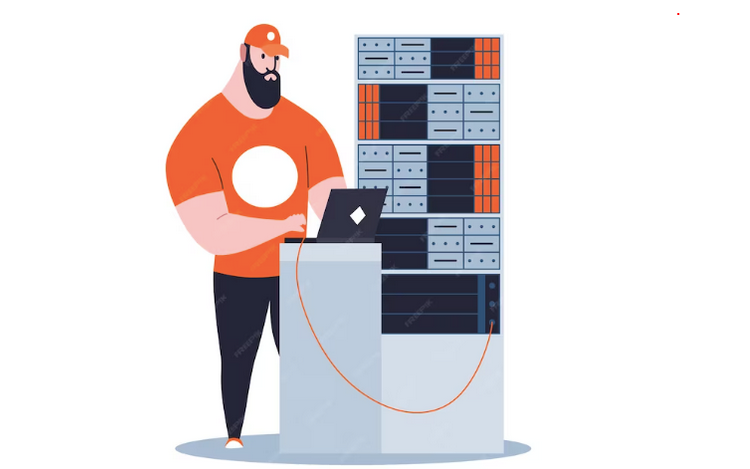Server-side caching is a fundamental technique for improving the performance and responsiveness of web applications. It involves storing frequently accessed data or HTML content on the server so that subsequent requests can be served faster, reducing the load on the server and improving the user experience. While basic caching mechanisms like page caching and object caching are well-known, this article will explore advanced server-side caching techniques and strategies that can take your web application’s performance to the next level.
Understanding Server-Side Caching
Server-side caching involves storing and reusing data at the server level to reduce the time and resources required to generate a response for a client request. This can include caching HTML pages, database query results, API responses, and more. When a cached copy of the data is available, it can be served quickly without the need to recompute or retrieve the original data, thereby improving response times and reducing server load.
Read: Website Design For Small Businesses
Advanced Server-Side Caching Techniques
Leveraging content delivery networks (CDNs) with edge caching capabilities allows you to cache and serve content from servers strategically distributed in various geographic locations. This minimizes latency and improves the global performance of your web application.
Fragment Caching
Instead of caching entire pages, fragment caching involves caching specific portions or fragments of a page. This is particularly useful for dynamic pages with some parts that change frequently and others that remain relatively static.
Object Caching with Redis or Memcached
While object caching is a common practice, using advanced caching systems like Redis or Memcached provides high-performance, in-memory caching for database queries and PHP objects. These systems offer more control and flexibility over caching strategies.
Cache Invalidation
Implement cache invalidation strategies to ensure that cached data is updated when the underlying data changes. Techniques like cache tagging and versioning help manage cache invalidation efficiently.
Dynamic Page Caching
In cases where entire pages cannot be cached statically, dynamic page caching techniques can be employed. This involves generating and caching pages for specific user segments, like logged-in users, to reduce server load and improve response times.
Content Compression
Compressing cached content, especially for larger assets like images and videos, reduces storage requirements and speeds up data retrieval. Tools like Brotli and Gzip can be used for content compression.
Lazy Loading
For content-heavy web pages, implement lazy loading of assets like images and videos. Load these resources only when they become visible in the user’s viewport, reducing initial page load times.
Cache Warm-up
Proactively populate caches during off-peak hours to ensure that caches are primed and ready to serve requests quickly during periods of high traffic or activity.
Adaptive Caching
Implement caching strategies that adapt to user behavior and traffic patterns. For example, increase cache duration during traffic spikes and reduce it during low-traffic periods.
Cache Busting
Use cache-busting techniques to force clients to request fresh content when necessary. This can involve appending version numbers or timestamps to asset URLs.
Read: What Is Domain Spoofing – Understanding the Threat
Testing and Monitoring
To ensure that advanced caching techniques are working effectively, continuous testing and monitoring are essential. Use tools like New Relic, Datadog, or custom monitoring scripts to track cache hit rates, response times, and cache-related issues. Regularly review and fine-tune caching strategies based on performance data.
Read: The Importance Of Web Hosting Reliability
In Conclusion
Advanced server-side caching techniques are indispensable for optimizing web application performance, reducing server load, and enhancing user experiences. By strategically implementing these techniques, web developers and administrators can strike a balance between delivering dynamic content and ensuring fast response times. As web applications continue to evolve, the use of advanced caching methods becomes increasingly critical to meet user expectations for speed and responsiveness.

